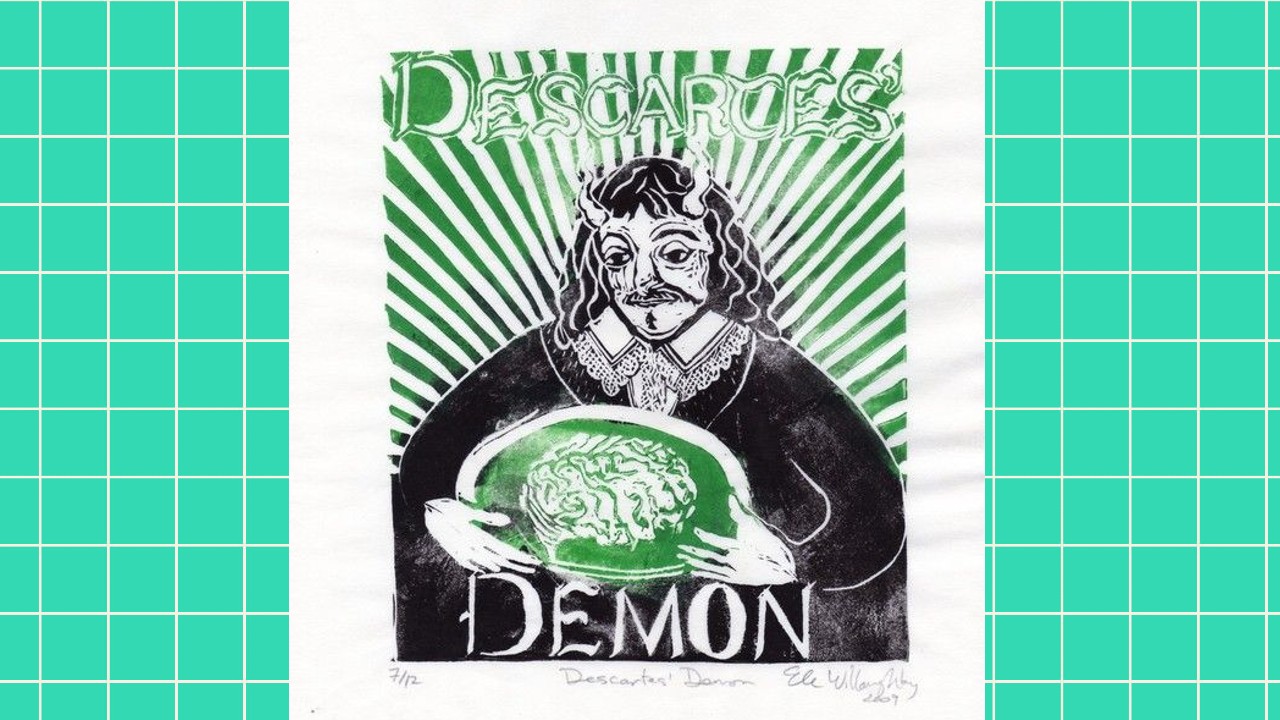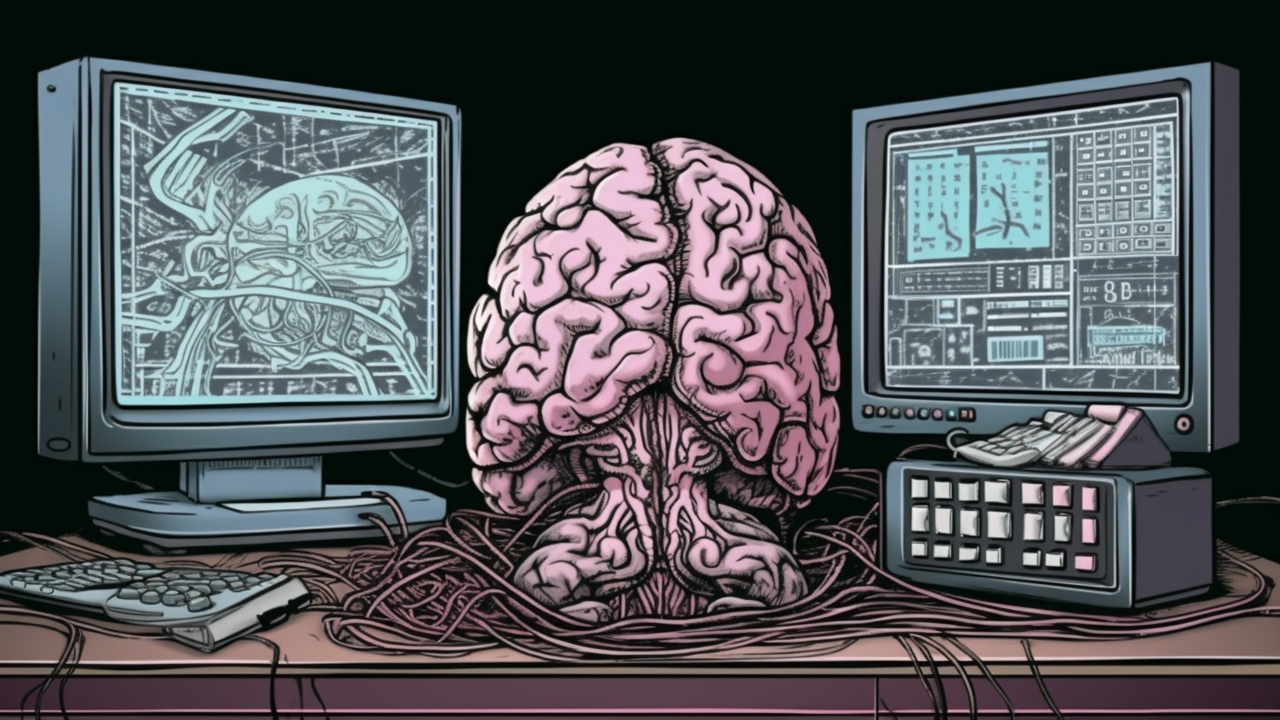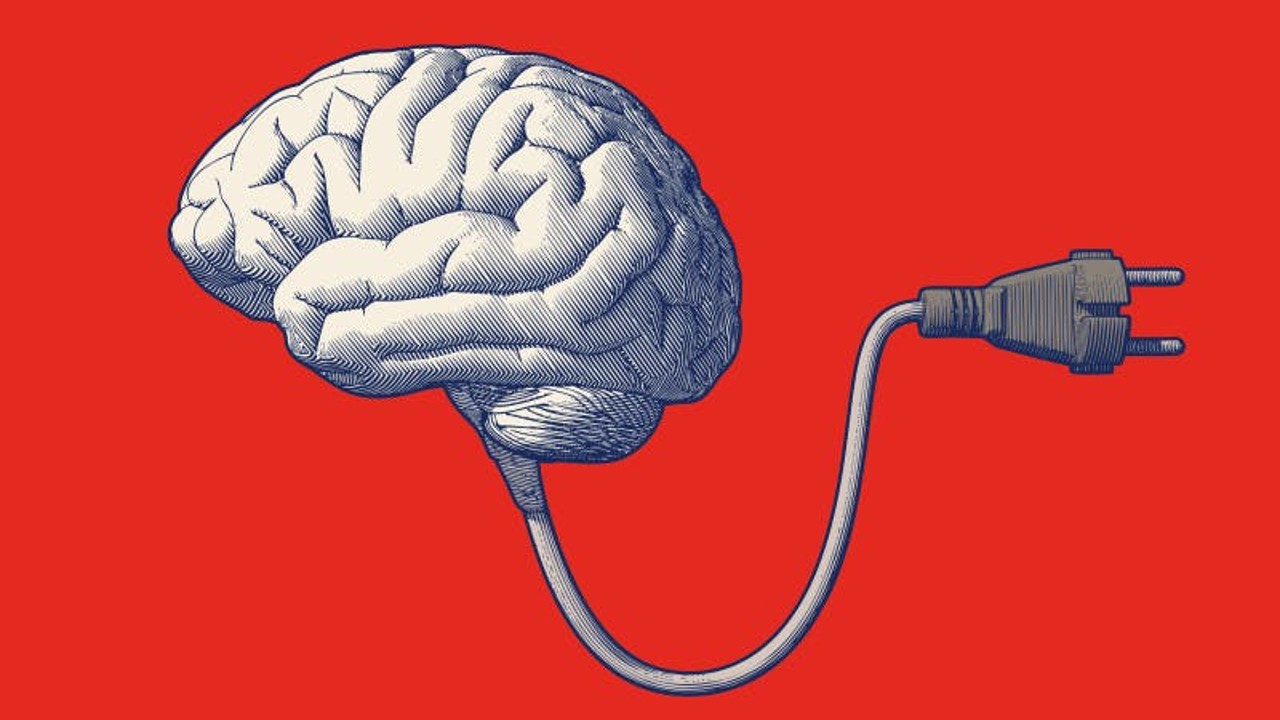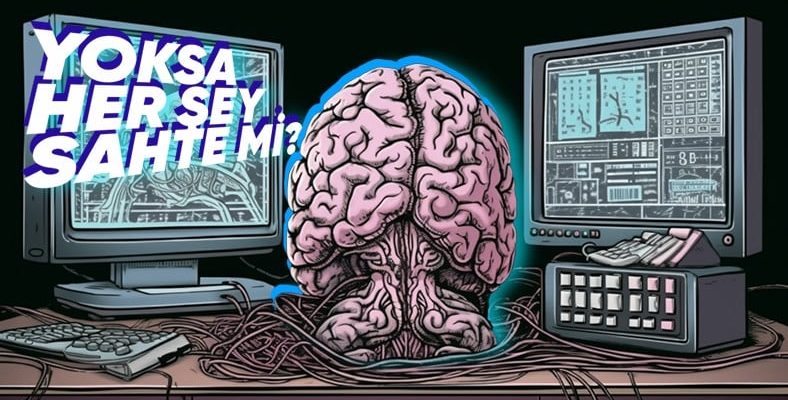Imagine a mad scientist creating a machine in which he can put a human brain. This machine, which we can call a “brain tube”, connects neurons to a supercomputer via cables and gives the brain a virtual reality. Do you think, as the person reading these lines, there is a possibility that you are living in a virtual reality right now?
The aim of this thought experiment, called the brain in a jar or the brain in a tube, is to connect virtual reality and reality. an environment where we cannot distinguish the difference is to enliven.
The brain in the tube will never know that it is living in a virtual reality and will think that it is living “real”. Experiment, starting from here; the reality we are in because we make sense of it with our perceptions He argues that it could be very different.
According to the experiment, as the person reading these lines, you may be living in a virtual reality right now.
That the person reading this article is not actually a human being, or that the person writing this article, I am not actually a real person; Only I’m a brain in a jar What would you say if I told you?
You probably won’t believe it and try to prove the contrary, but to prove the opposite quite difficult from a philosophical point of view looks.
The foundations of the experiment go back to René Descartes.

This interesting thought experiment has occupied the minds of philosophers since it was first proposed by René Descartes in 1641. Instead of jars in Descartes’ experiment a demonic being was used, but the logic was the same.
In 1973, philosopher Gilbert Harman updated Descartes’ idea to fit the modern understanding of psychology. “the neurons are connected to the computer via cables” version appeared.
Our brain may be navigating its own fantasy world without realizing it is experiencing virtual reality.
In the brain-in-jar experiment, this machine, which we call the “brain barrel,” not only keeps the brain alive and working, but also helps the person conducting the experiment. creating virtual stimuli provides direct transfer to the brain.

Since the stimuli will be interpreted as “electrical signals” by the brain, “real” sensory experiences experiences that are indistinguishable from virtual reality. Thus, he gets stuck in his imaginary world without realizing that he is living in virtual reality. He never knows whether he is inside the skull or in the jar, that is, he is unaware whether what he is experiencing is real or an illusion.
RELATED NEWS
What Is The “Inner Voice” That Makes You Hear What’s In Your Head While Reading This Title? Some People Don’t Have This Ability!
When we think the experiment is real, it has some consequences in different areas.

The ethics of this thought experiment (if you’re a brain in a vat and nothing else is real) doing terrible things there’s nothing wrong with it), it has implications for epistemology (the study of knowledge and what it means/why it’s important).
The expansion of the boundaries of technology day by day causes the increase of simulation studies.
Many scientists also for various reasons and in various contexts Tried about this thought experiment. It has not only been the subject of studies in the field of science, but has even inspired movies.
Especially today, the limits of technology are being pushed day by day, increase in simulation studies. and led to its spread.
The movie Surrogates inspired by the brain-in-a-jar experiment:

In the 2009 science-fiction movie, virtual reality devices in homes enable to exceed physical limits. Peoples robotic bodies In the future they live by being managed remotely, their social relations are also shaped according to this appearance.
RELATED NEWS
The Experiment and Its Interesting Results Showing What Is Actually Going On In The Heads Of Babies Who Seem As Not To Know ANYTHING
RELATED NEWS
